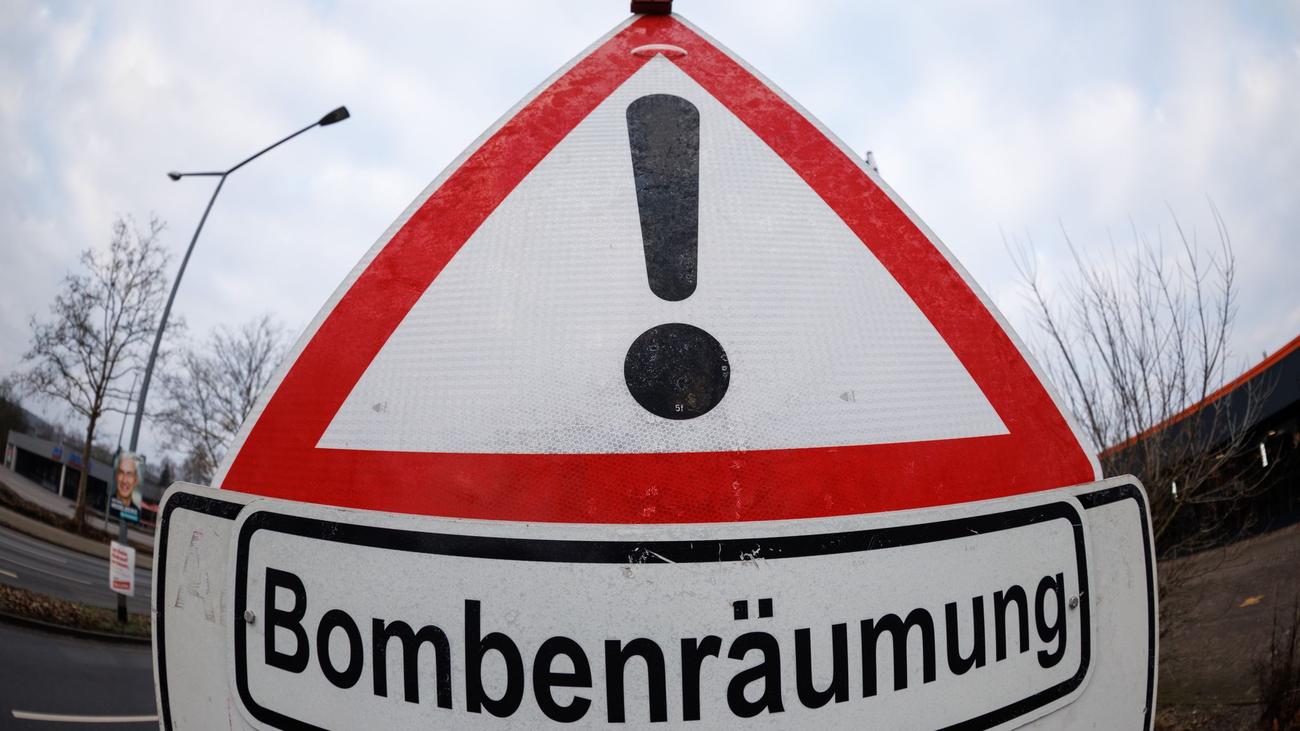
Explosive Legacy: Osnabrück Defuses Blind Relics from World War II
Osnabrück, Germany – In a dramatic evening operation, the city of Osnabrück successfully neutralized four unexploded bombs (UXOs) from World War II, a chilling reminder of the conflicts that continue to haunt the present.
Delicate Defusal and Reluctant Detonation
Three of the bombs, discovered in the Lokviertel district, yielded to the expertise of a dedicated ordnance disposal team. Their skillful hands carefully disarmed the volatile devices, rendering them harmless. However, the fourth bomb, located in the same area, proved too compromised for safe defusal. Authorities made the difficult decision to detonate it in a controlled explosion.
The deafening blast reverberated through the neighborhood, marking the final act of this dangerous chapter.
Evacuations and Contingency Measures
The operation necessitated the evacuation of nearly 12,000 residents from their homes and apartments within a 500-meter radius of the bomb sites. The closures also affected Osnabrück’s central train station and two residential care facilities for the elderly.
To alleviate the inconvenience, local museums offered free or discounted admission to evacuees. Additionally, an evacuation center was set up at a nearby elementary school.
Intrusions and Enforcement
Throughout the operation, police faced the frustrating task of preventing unauthorized individuals from entering the restricted areas. Despite warnings and the potential hazards, some attempted to navigate the barricades. The police responded with swift action, issuing numerous fines.
A Team Effort
The successful defusal of these UXOs was a testament to the coordinated efforts of various agencies and professionals. The ordnance disposal team, police, fire department, and city administration worked tirelessly to ensure public safety and minimize disruption.
A Sobering Reminder
The discovery and subsequent removal of these blindgänger serve as a grim reminder of the devastating impact of war. Even decades after the conflict, its explosive legacy continues to linger beneath our feet, potentially posing a threat to unsuspecting communities.
Historical Context
During World War II, Osnabrück was targeted by Allied bombings due to its strategic location as an industrial center. The city suffered extensive damage, with many buildings destroyed or damaged beyond repair. The presence of unexploded bombs, buried under the rubble, has been a persistent concern for decades.
Ongoing Legacy
The defusion of these UXOs is a critical step in ensuring the safety of Osnabrück’s residents and the preservation of its historic city center. However, the operation also highlights the ongoing presence of unexploded ordnance in various parts of Germany and Europe, a haunting legacy of past conflicts.
Continued Vigilance
As construction and development projects continue in war-torn regions, the risk of encountering unexploded bombs remains significant. Authorities and the public alike must remain vigilant, reporting any suspicious objects to the relevant authorities.
The successful defusal of these UXOs in Osnabrück serves as a testament to the expertise and unwavering commitment of ordnance disposal teams and first responders. It is a reminder of the ongoing risks posed by the lingering legacy of war, and the importance of vigilance and proactive measures to ensure public safety.
